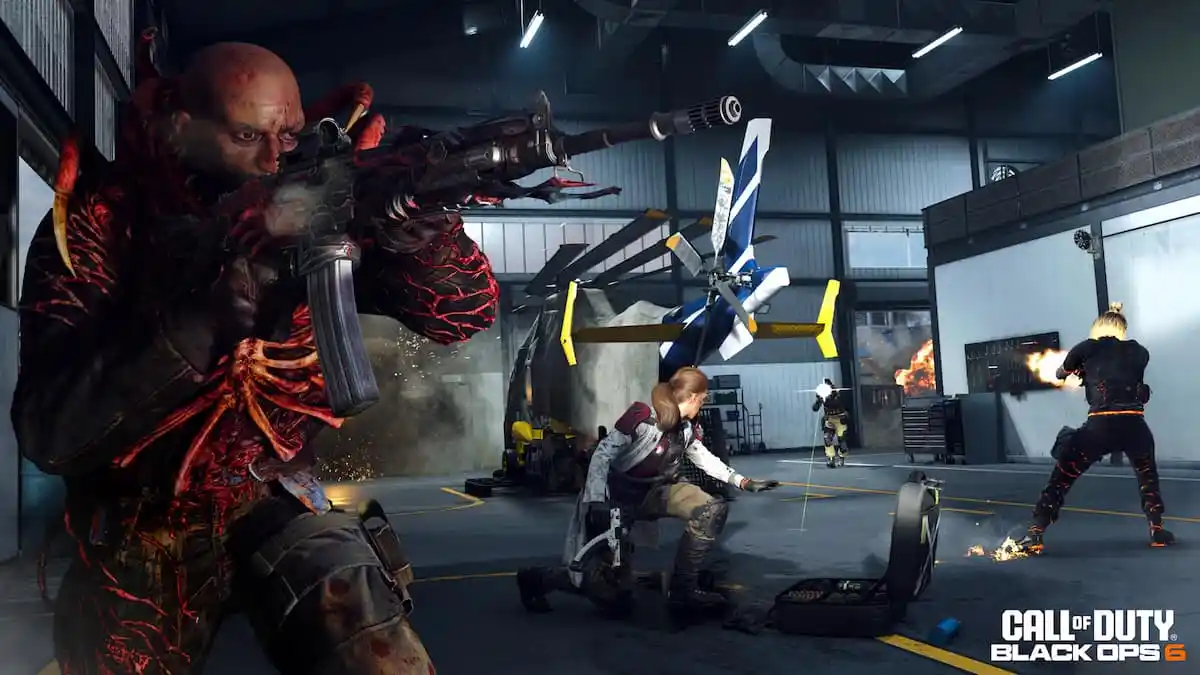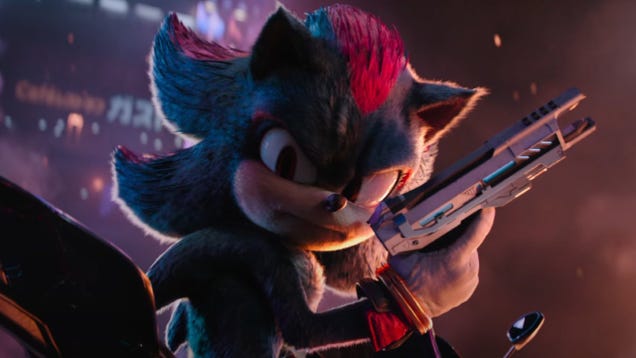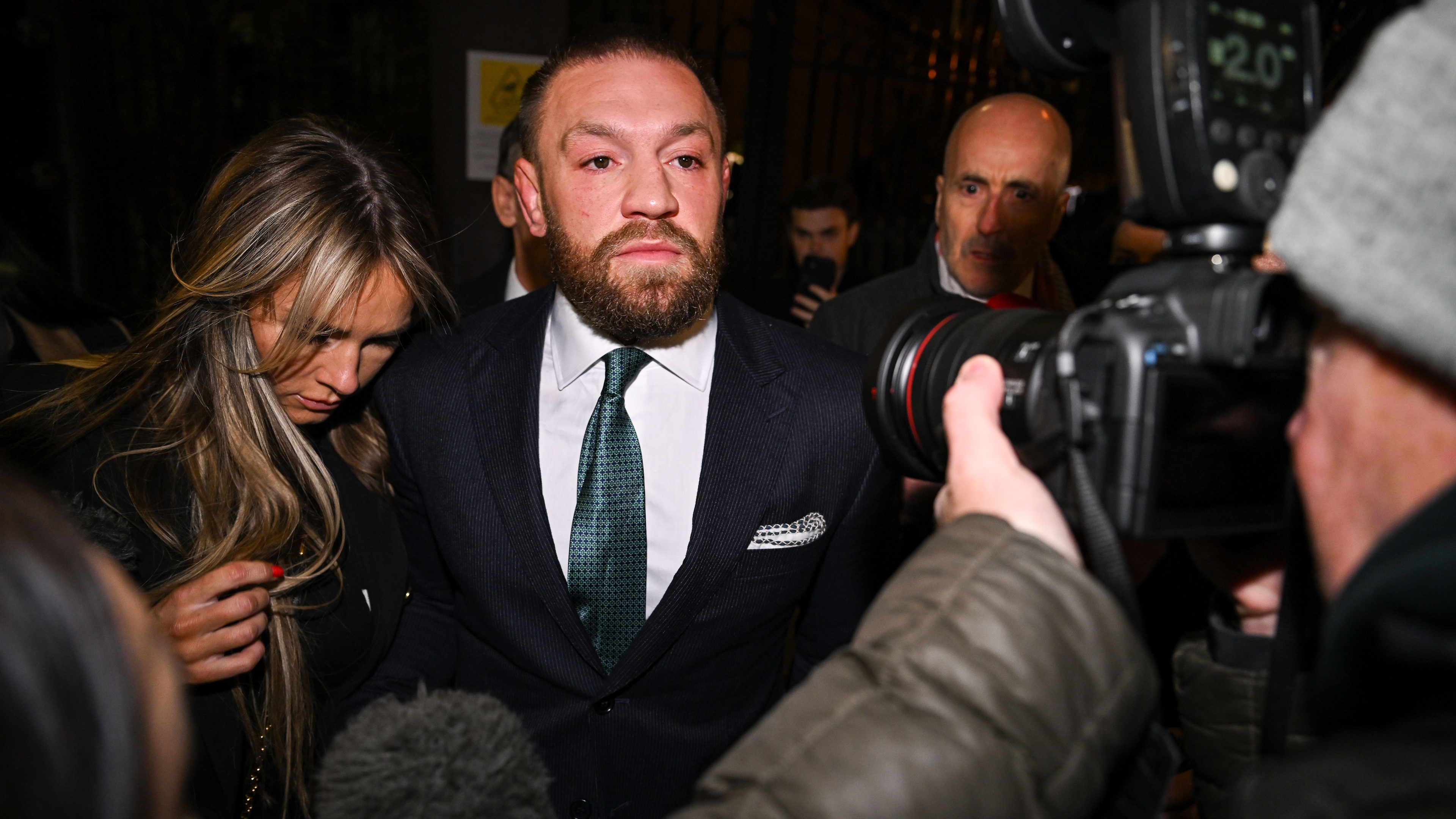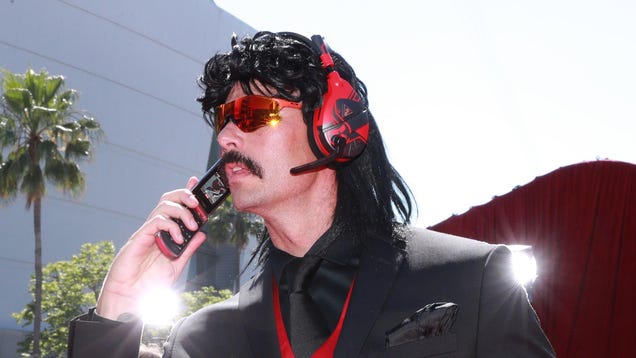
Tundra Esports recently won The International 11- Dota 2’s $18 million tournament with absolute, monstrous dominance. Arguably, it is the most dominant victory we have ever seen in TI’s history and unlike most magical runs during TI finals, this victory was precisely planned and flawlessly executed.
At TI11, Tundra didn’t lose a single series. The Western European (WEU) team topped Group B during the Group Stage and continued to annihilate team after team in the Playoffs. The Grand Final against Team Secret was also a merciless 3-0 bloodbath and Tundra became the 11th team in history to lift the Aegis of Champions.
And as we all know, a crucial part of every competition is the preparation beforehand. And Tundra Esports’ psychologist, Daniel Abrahams, kindly wrapped a summary of their mental preps nicely into a thread on Twitter. An insight we don’t always get to see. He had worked with Tundra Esports for 6 months prior to TI11, and he shared the key factors that helped them win the prestigious tournament.
Tundra Esports’ weakness pre-TI11
Daniel Abrahams stated that he was assigned the task to help Tundra Esports’ players be able to perform under the intense pressure of millions of global fans, as well as the 12,000+ live spectators at TI11. He also highlighted that Tundra under-performs late in tournaments which is apparent in the results of previous LANs.
Throughout its competitive history, Tundra always came in strong but flunked towards the end, placing 2nd in Gamers Galaxy Dubai Invitational and 3rd in ESL One Stockholm Major. Tundra even suffered an early elimination at the PGL Arlington Major placing 15th – 16th.
So he explained what he did to help Tundra and how the strategies work.
The five biopsychosocial pillars of Tundra Esports’ success
The psychologist diagnosed the problem and how to solve them. He stated that the players of Tundra needed to engage better among themselves and they needed to become better learners. And so he came up with 5 pillars that interconnect biological, psychological, and socio-environmental factors, also called biopsychosocial pillars to sum up the game plan.
The 5 pillars are:
LeadershipStructureValues/BehaviorsDeliberate PracticeHigh-Performance Mindsets
Leadership
Skiter with coach of Tundra Esports, Aui_2000.
Credit: Tundra Esports Twitter
According to him, leadership is only when strategy, tactics, and process are delivered in a clear, concise, and confident manner with some involvement from all stakeholders. There needs to be a clear focus on strategy and the process, led by the coach and the team captain.
Structure
Next, is Structure. On top of their practices, the team needed to have a certain daily routine that gives the players time to spend together and time for rest and recuperation.
Values/Behaviors
Credit: Tundra Esports
The psychologist highlighted two things: consistency of behavior, environment, and culture, as well as shared mental models. Players need to be consistent with what to do and what to say, thus sharing the same values. But they also need to respect individual differences and understand the importance of contestation, which is like uncomfortable conversations and debates. Contestation in a healthy and safe way could lead to a stronger vision of strategy and increased shared values.
Deliberate Practice
The fourth pillar is Deliberate Practice. This is particularly interesting because according to the psychologist, Dota 2 teams tend to not do goal-oriented scrims or pubs. And so Tundra decided to practice better than other teams, taking it a step ahead by implementing deliberate execution and bringing effortful attention. They planted specific objectives in practices enveloped in specific feedback.
High-Performance Mindsets
Credit: Tundra Esports
The final key is High-Performance Mindsets (HPM). Players help each other to identify their respective HPM’s as well as Low-Performance Mindsets. They will then detect what helped them pay attention, deal with distractions, compete at an optimal intensity, and more.
These biopsychosocial pillars helped share a different perspective of competition, highlighting the importance of elements outside the game. And Tundra Esports’ ability to adapt to the mental strategies shows their admirable passion and strong endurance coming into TI11.
Stay around Esports.gg for more Dota 2 news and updates!






